#attis
Explore tagged Tumblr posts
Text
Trying to trick my beloved classics mutuals into getting excited about the French Olympic Games' mascot! ->





#attis#cybele#catullus#tagamemnon#greek mythology#roman mythology#mythology#classics#classics memes#classics tumblr#ancient greece#ancient Rome#olympics#paris 2024#olympic games#frev#french revolution#history#everything is connected etc etc
509 notes
·
View notes
Text

i don't think you can reclaim that marce tulli
182 notes
·
View notes
Text
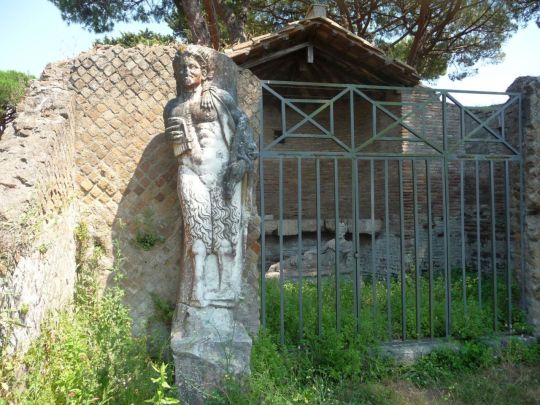

Sanctuary of Attis, Ostia Antica
* photo 1: Pan and Attis; the latter was dedicated by Caius Cartilius Euplus. The statue has an inscription which reads:" To the divine majesty of Attis, Caius Cartilius Euplus, after an admonition by the goddess." (source: https://www.ostia-antica.org/regio4/1/1-3.htm)
* photo 2: Marble reliefs of Pan
* 3rd century CE
Ostia Antica, July 2015
#Ostia Antica#Sanctuary of Attis#Attis#Pan#sanctuary#ancient#Roman#art#relief#statue#3rd century CE#my photo
318 notes
·
View notes
Text

#attis#tom holland#historical#book poll#have you read this book poll#polls#requested#book covers that are really hard to find pt. 21
86 notes
·
View notes
Text
The metroac cult (worship of Kybele and Atis) was spread along the Mediterranean area because of the Roman conquests. In Hispania (the Iberian peninsula) a great number of archaelogical evidence has attested the presence of this gods in the beliefs of the hispano-romans.
In Reus (Catalonia) a damaged statue of Kybele surrounded by lions was found.
In the south (Andalusia) numerous findings are related to Attis.
In a roman villa called Villa Fortunatus of my land, Aragon, was discovered a figure of Atis in perfect condition. Also, in the aragonese area of the Cinco Villas its known the metroac cult because of the findings related to Atis or the practice of taurobolium.
I share with you the Atis of Villa Fortunatus, a scale weight with the form of Atis from Cabezo Ladrero in Sofuentes and a block carved with a bull involved in taurobolic rituals, this one from the archaelogical site of Los Bañales in Uncastillo.



13 notes
·
View notes
Note
Hi, I found this on Reddit and I’m curious about your thoughts on this statement theorizing the origin of Hyacinthus and Cyparrisus myth.
“On the other side of the Aegean in Anatolia we have a remnant of what may have been the earlier Minoan religion. They are ruled by a dominant Goddess Queen who has a semi-mortal consort named Attis who has castrated himself out of guilt for failing Cybele and having a relationship with another man. The 'infamia' is not that he was gay, but that he took a submissive role to another deity. In other words, he lost his God King status.
In some versions of the legend Cybele keeps the semi-mortal fallen God King alive either by holding him within the bosom of the Earth or by turning him into a tree that is kept alive by the Earth.
Hyacinthus and Cyparrisus are likely the same legend, one with the earlier solar symbolism and the other with the later nature symbolism. In other words, Minoans had a solar cult, the Zeus worshipers defeated them and their God King became a submissive plaything of Apollo. Their cult was stripped of power and prophecy symbolism (solar symbolism) and replaced with nature and fertility symbolism. The legend of Apollo and Daphne and Telphousian Apollo are likely related. The Zeus worshipers take Delphi and take the sun, and in order for Daphne to stop being chased, she must transform into a tree...a nature cult. Only then is her cult left alone.”
Here’s the link to the full conversation.
https://www.reddit.com/r/GreekMythology/comments/oh8u7g/i_have_noticed_that_there_are_a_lot_of_myths_with/
I apologize for the late reply, I was in my Chronic Insomniac mode instead of my Myth Enthusiast mode these day so I can't write a proper respond :')
Gotta admit although I talk a lot about Hyacinthus' worship evolution, I'm still a newbie with pre-classical Greek history and mythology, so I'll leave the educating explanation for my more knowledgable moots and anyone interested in the topic.
As for my opinion, I think this theory is interesting but not without questions. I'll talk about what I know about Hyacinthus, but I will have to regrettably leave out Cyparissus as I'm not very well-versed about his history.
I don't remember reading about Hyacinthus's myth and figure being derived from Attis. It could be me remembering wrong, but the Reddit comment didn't provide sources for their claim so it's hard for me to verify just how these two were connected.
From what I gathered from Theoi.com, Attis is identified with Iasion (mortal lover of Demeter) or Anchises (mortal lover of Aphrodite), which is more understandable because Demeter and Aphrodite had roots of being the Great Mother or the Goddess Queen themslves. And while pre-Hellenic Hyacinthus was thought to have a female counterpart before Apollo replaced her, I think said partner is pre-Hellenic Polyboea, and from my memories, she isn't a Queen in the same class as Cybele, Demeter, and Aphrodite.
I do agree that Hyacinthus was usurped by a foreign god worshipped by the people who annexed Amyclae, but I think it was all Apollo who usurped Hyacinthus and took him as his lover. I don't think I've read about Zeus having anything to do with Apollo/Hyacinthus' myth and history (or he was like the mascot of the Olympian worship that took over the old gods?). If he somehow were involved please let me know!
Also, also, even as a mortal, Hyacinthus was still respected and stood almost as an equal to his godly lover. There are accounts demeaning his status, like the footnote in Ovid's Metamorphoses 1986 copy that mention Hyacinthus's god/hero status being degraded to a catamite of Apollo (fucking rude). Hyacinthus had always been associated with nature and fertility before Apollo came along so I don't think he was forced to become a nature god because of Apollo, but it's interesting though that Apollo stripped god Hyacinthus of his prophecy power only to teach it to human Hyacinthus, it came full circle
Anyways that's all I got. Anyone can add in things I missed or was wrong about. I'm gonna go crash out now...
#hyacinthus#apollo#attis#greek gods#greek deities#greek mythology#tumblr ask#ask me anything#anon ask#my ramblings#The Pen writes answering letters#The Pen explodes with ink
7 notes
·
View notes
Text
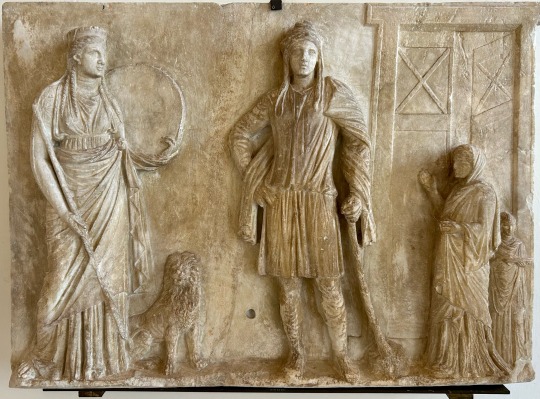
Votive Relief to Cybele and Attis from Asia Minor, 2nd Century BCE.
Museo Correr, Venice.
215 notes
·
View notes
Text
Gods of Antiquity: Dying-and-Rising Gods

Death was viewed as a liminal place, a passage from one state of being that could be crossed back over only by those that the gods favored, or by the gods themselves. Death represents the ultimate boundary and to cross it and cross back represents the ultimate power that deities are supposed to have. Dying-and-rising gods occur in many cultures around the world.

By Jeff Dahl - Own work, CC BY-SA 4.0, https://commons.wikimedia.org/w/index.php?curid=3248602
Osiris was the Egyptian god of fertility, agriculture, the afterlife, resurrection, and vegetation. He was depicted with green skin and wrapped legs. He was killed by his brother Set, found by his wife Isis and hidden, then dismembered by Set. Isis finds Osiris' body and puts him back together and resurrects him with a spell long enough to conceive a son, Horus. Because he returned from death to create life, he is strongly tied with the agricultural cycle of regeneration as well as stability and continuity.

By Françoise Foliot - Private collection Wikimédia France, Paris, CC BY-SA 4.0, https://commons.wikimedia.org/w/index.php?curid=83900637
Dumuzid 𒌉𒍣, also known as Dumuzid the Shepherd 𒌉𒍣𒉺𒇻 to the Sumerians, as Adon 𐤀𐤃𐤍 to the Canaanites, was an ancient Mesopotamian and Levantine god associated with shepherds and agriculture. He was the primary consort of Inanna (known as Ishtar later on). He also holds a place on the Sumerian King List before the flood. In his myths, Dumuzid fails to mourn Inanna as she is in the Underworld and she comes up from the Underworld and allows the galla demons to take Dumuzid in her stead. He flees and is later caught an tortured. After a time, Inanna regrets her choice and Dumuzid is released for half the year, during the hot, dry summer while his sister Geshtiananna, goddess of agriculture, fertility, and dream interpretation, takes his place.

By Yair Haklai - Own work, CC BY-SA 4.0, https://commons.wikimedia.org/w/index.php?curid=112468803
Adonis Ἄδωνις began as a mortal who was lover to the Greek goddesses Aphrodite and Persephone. Because of the attraction of the two goddesses, he was considered to be the ideal of male beauty. While out hunting, he was gored by a wild boar and died in Aphrodite's arms, the mingling of his blood and her tears becoming the anemone flower. He was then raised from death after Aphrodite begged Zeus to bring him back to life. He is thought to have derived from Dumuzid through the Canaanite Adon. He was worshiped with the Adonia festival at midsummer when women would plant fast growing plants in shallow dishes and place the seedlings on roofs for the sun to wither them, then mourn the death of Adonis.

By Dennis G. Jarvis - https://www.flickr.com/photos/archer10/5157645913/, CC BY-SA 2.0, https://commons.wikimedia.org/w/index.php?curid=14741971
Attis Ἄττις was the consort to Cybele for the Greeks and Phrygians originating in Dindymon where he was a vegetation deity. His birth begins with the daemon Agdistis, who was intersexed, having both male and female reproductive organs, was forced to castrate themself, leading to a hemorrhage. From the blood, an almond tree grows. A daughter of the river Sangarius, Nana, takes an almond from the tree into her bosom and becomes pregnant. After his birth, Nana abandons Attis. He's raised by a he-goat and becomes a long-haired beauty, rivaling the gods, causing Cybele (the feminine aspect of Agdistis) to fall in love with him. Upon seeing Cybele in her transcendent power, Attis castrates himself, resulting in his death and violets growing from his blood. Heartbroken, Agdistis begs Zeus to keep Attis' body from decaying. He is resurrected, tying him with the fruiting cycle of plants.

By © Marie-Lan Nguyen / Wikimedia Commons, CC BY 2.5, https://commons.wikimedia.org/w/index.php?curid=5828758
Dionysus Διόνυσος (also known as Bacchus Βάκχος) was the Greek god of wine, vegetation, ritual madness, religious ecstacy, and theatre. His exact origin is uncertain, some seeing him as the son of Zeus and Persephone, others saying he is a chthonic aspect of Zeus, or possibly the twice-born son of Zeus and Semele. He was torn apart, as Osiris was, and resurrected by Demeter. This comparison with Osiris was noted even by the ancient Greeks as early as the 5th century BCE, even comparing the secret rites of the two gods. There were also myths that had Dionysus as part of a three part god with Zeus and Hades, with Zeus representing life, Hades death, and Dionysus resurrection and that the three-part god impregnated Persephone to give birth to Dionysus.

Public Domain, https://commons.wikimedia.org/w/index.php?curid=2069012
Jesus is the Christian god who has many similarities to the above gods, being the offspring of a god giving birth to himself as with Dionysus with Persephone and even with some interpretations of Osiris and Horus, or the many children of Zeus with mortal women. He was later killed and resurrected, as with the long tradition of gods being killed and rising again, going back at least 3000 years before to Dumuzid.
#gods of antiquity#liminal gods#dying-and-rising gods#resurrection gods#osiris#dumuzid#adonis#attis#dionysus#jesus#egyptian mythology#sumerian mythology#ancient greek mythology#christian mythology
6 notes
·
View notes
Text

How did I end up with two deer characters that both really like cats
9 notes
·
View notes
Text
First date tip: It's never a bad idea to use poetry to set the mood!
That's why you should immediately pull out your copy of Catullus, start reading Attis, and try to gauge your date's reaction.
#catullus#attis#catullus 63#you're welcome btw#this will work especially well for cishet guys#saves time I guess#roman republic#ancient rome#roman memes#classics#latin#tagamemnon#classical studies#this is gonna be another one of my flop posts isn't it#oh well
53 notes
·
View notes
Text




fuck him and his stupid terms of endearment
80 notes
·
View notes
Text

Drew my brother (@/sporkfoon)’s oc doing The Expression.
10 notes
·
View notes
Text





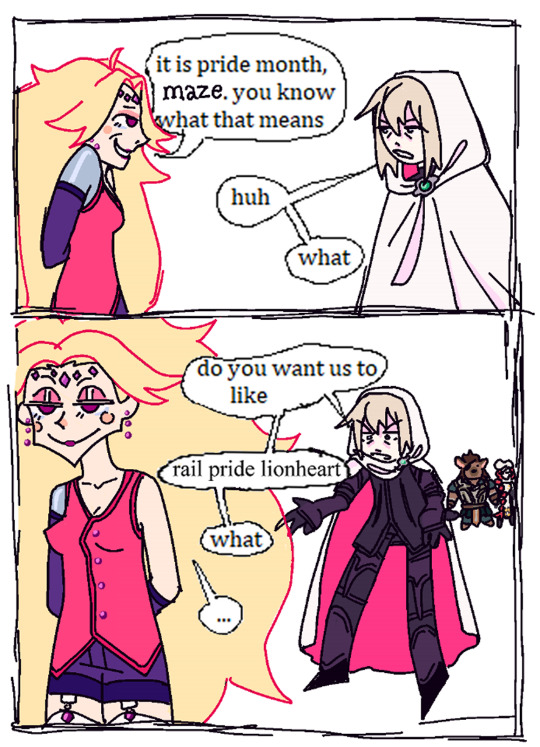
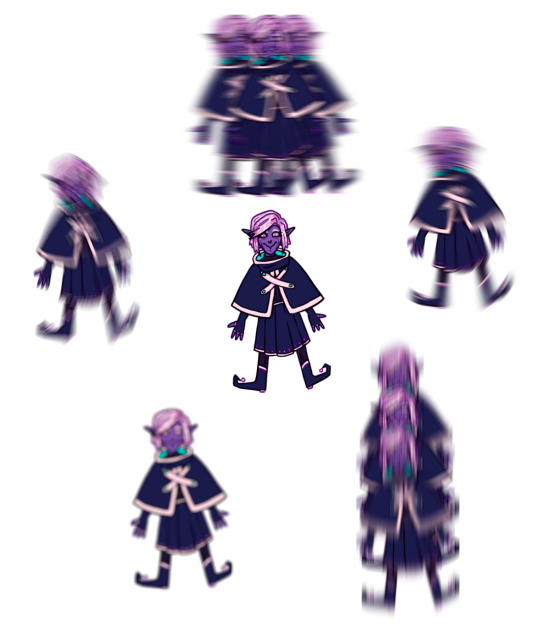
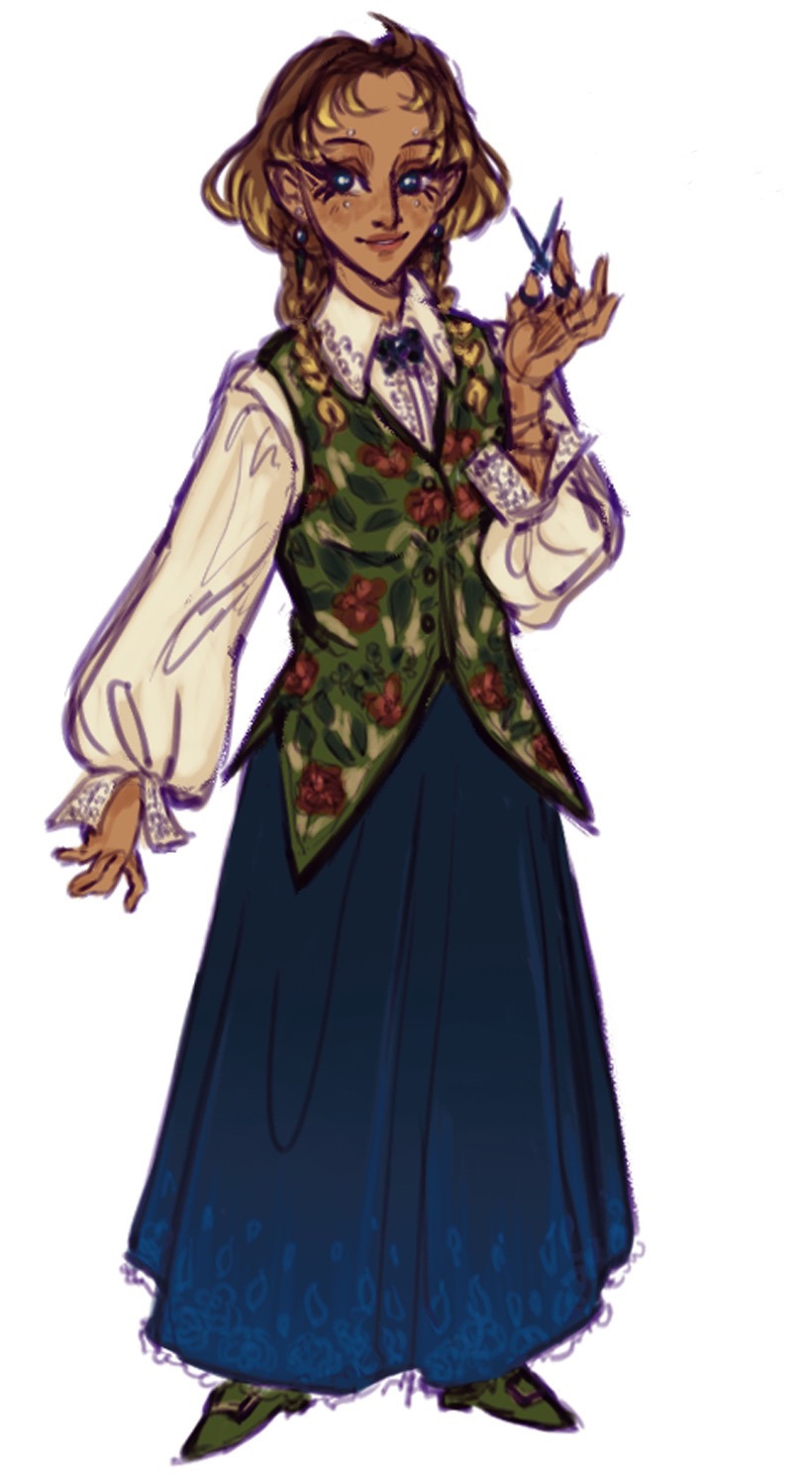






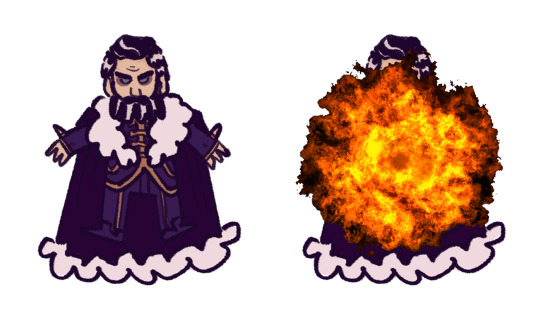
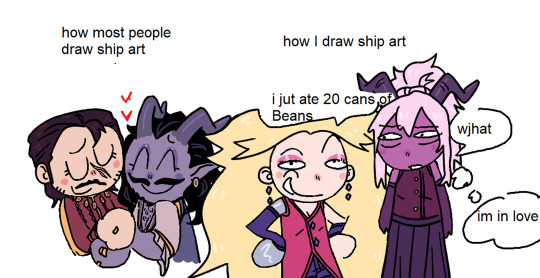
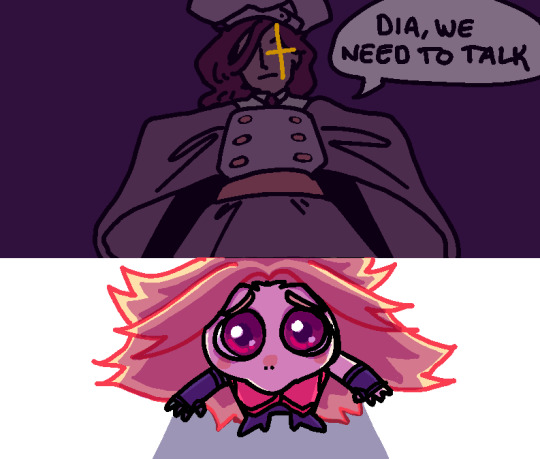
Fanart from Leviara part 2!! More Dia as always, but I also had the honor to design another character for this arc:) Had a lot of fun designing the Weaver hehe
#ebon ward#dia#dia diadem#redpath#laurent redpath#ebon ward fanart#surpriseround rpg#ttrpg#pathfinder#illicioti#fez#conrad#he exploded!!!#jasper#jasper chiaroscuro#maze#maze myers#gnash#attis#eloise#herseff#embernice#<3#fanart#hehehe#barbie#glitterdust#we're just normal men#we're just innocent men#pale bread chili dog alucard hair
54 notes
·
View notes
Text

queen
#i successfully have found a copy on the internet archive#on another note i didn't expect to ever be attracted to clodius pulcher but here we are i guess#attis#attis (tom holland)
7 notes
·
View notes
Text



So, the Orphic conflation of deities will be a main gameplay feature in Fragment of Pan.
As you progress though the game, the main characters will obtain the powers of more different deities, which they can equip to themselves in addition to their "true" divinity in order to change their capabilities in battle.
I also plan on making them be able to shift their eleemental resistances, but I have not found a way to make that immediately clear to the player. Hopefully I'll figure that out soon.
6 notes
·
View notes
Text

Attis
Egypt, Roman period
terracotta
Egyptian museum, Turin
Turin, June 2023
#Attis#figurine#terracotta#ancient#Roman#art#mythology#Roman Egypt#Turin Egyptian museum#my photo#clothing
81 notes
·
View notes